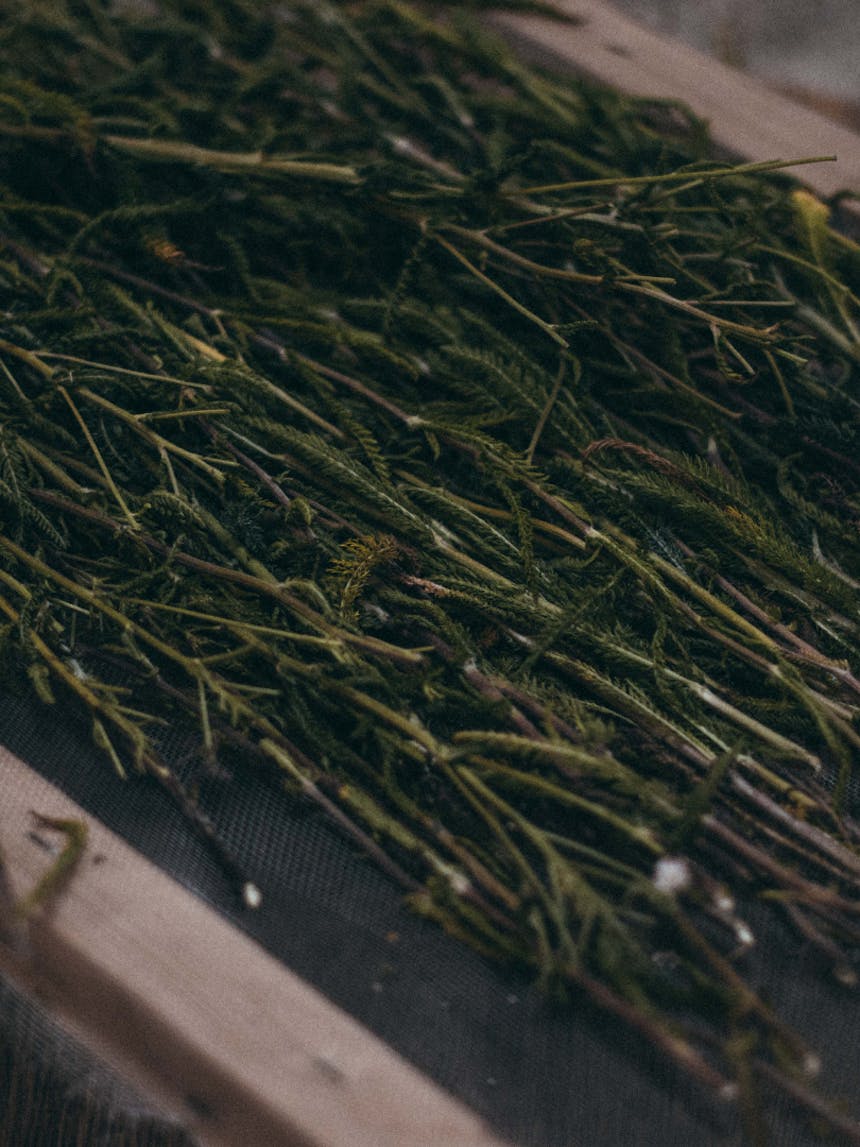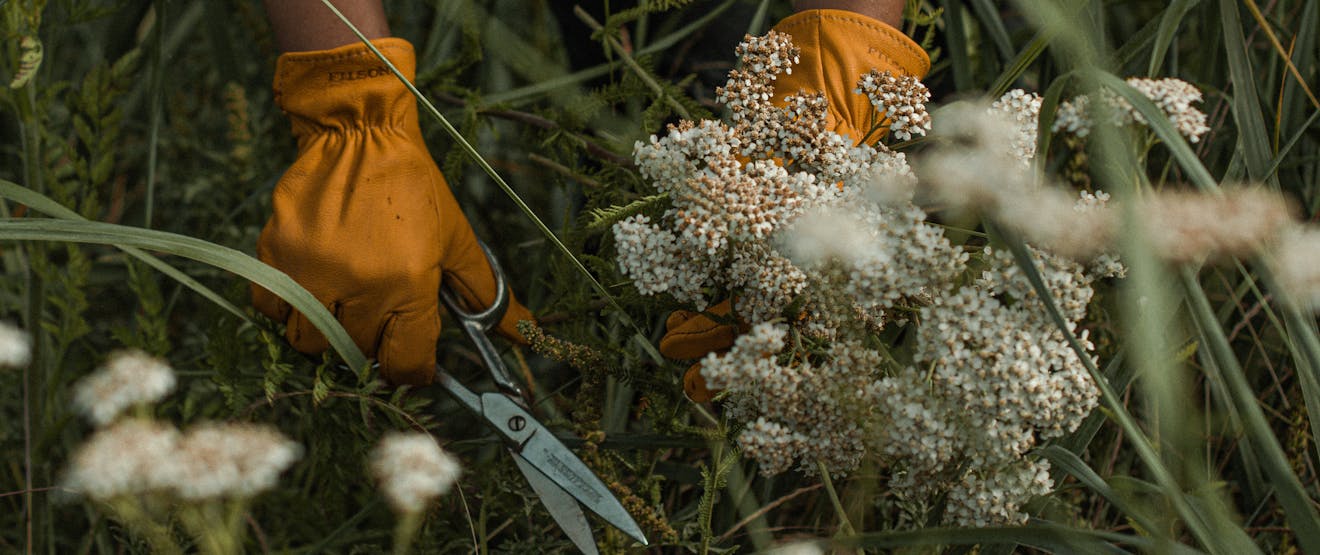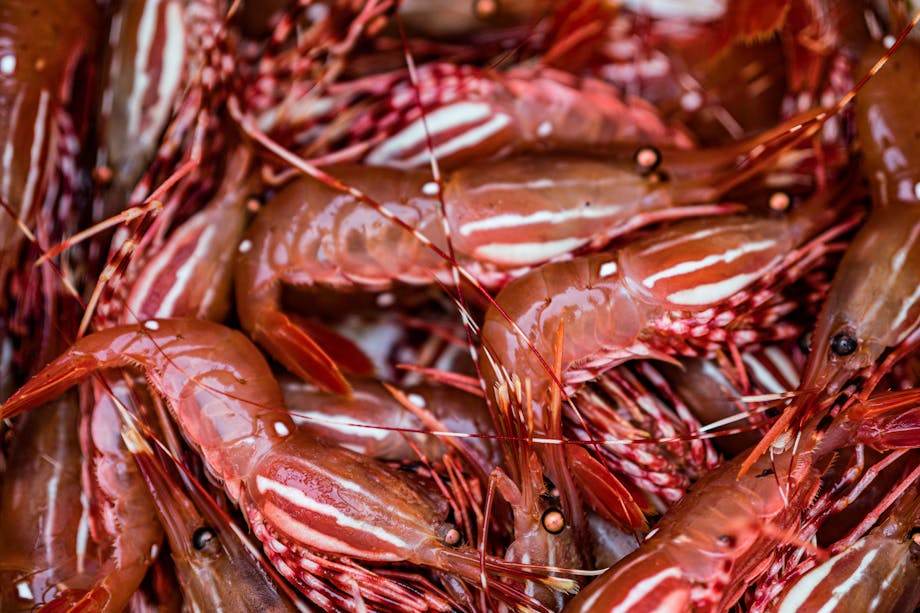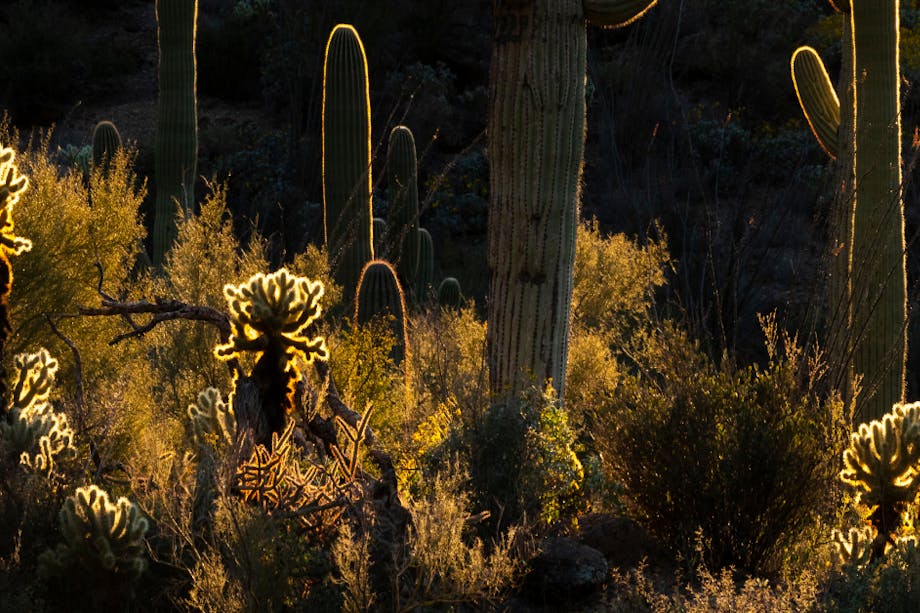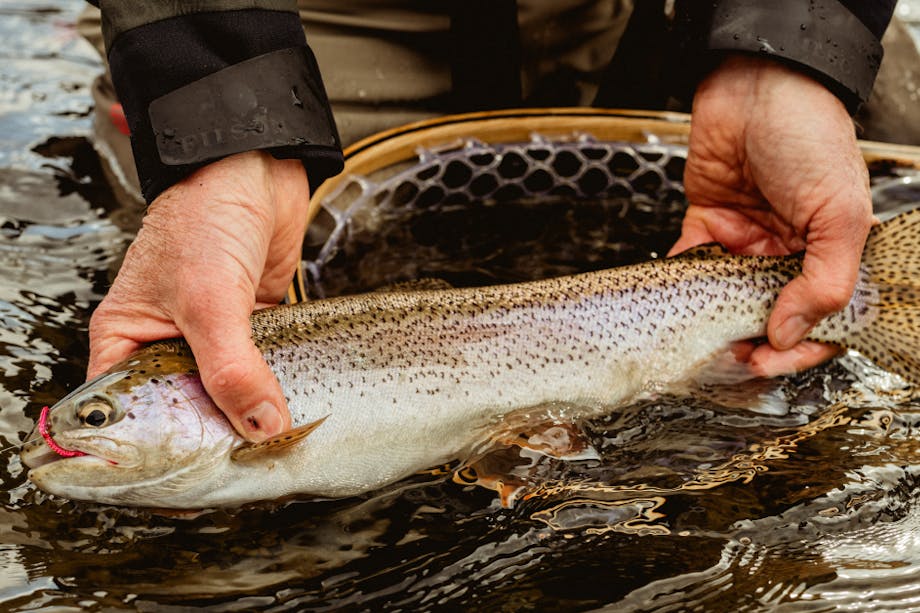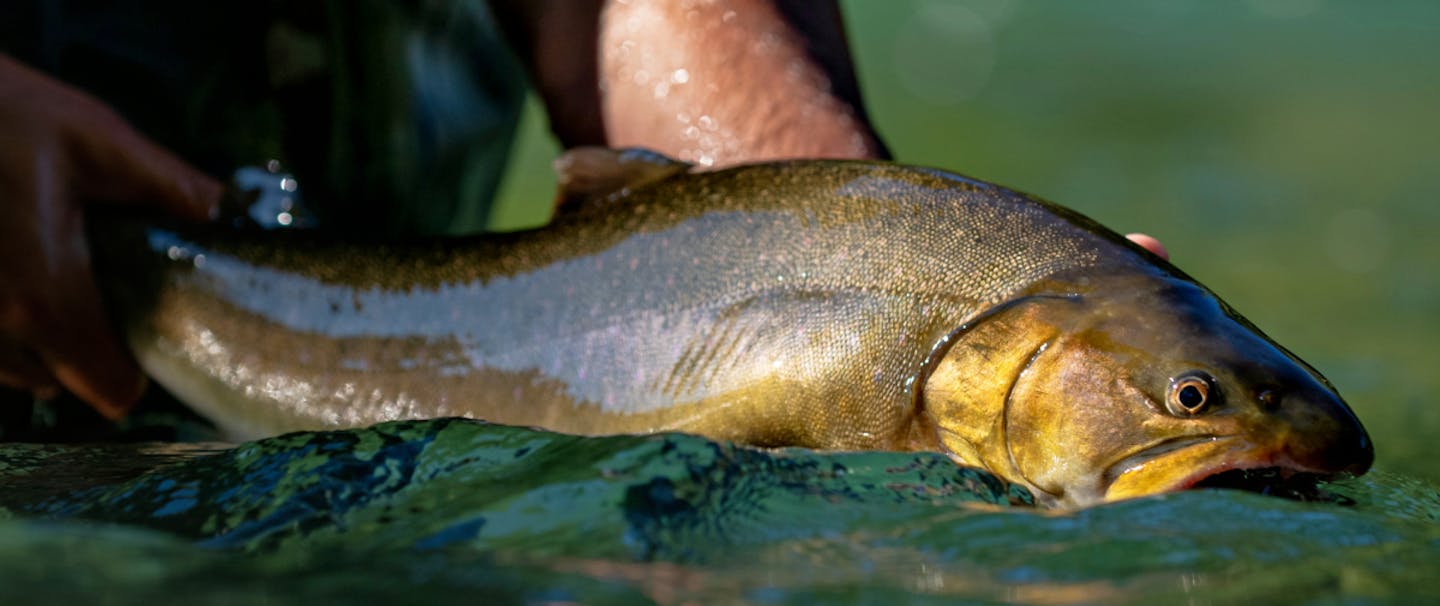YARROW IS AN HERB FOUND THROUGHOUT THE NORTHERN HEMISPHERE WITH AN IMPRESSIVE RANGE OF USES. ALSO REFERRED TO AS “SOLDIER’S WOUNDWORT” AND “BLOOD WORT”, YARROW’S EFFECTIVENESS IN FIRST AID APPLICATIONS ARE NOTED THROUGHOUT HISTORY. NOT ONLY DOES IT REDUCE BLEEDING AND PREVENT INFECTION, STUDIES HAVE COMPARED ITS MOSQUITO REPELLENT ABILITIES TO THE COMMON PESTICIDE, DEET.
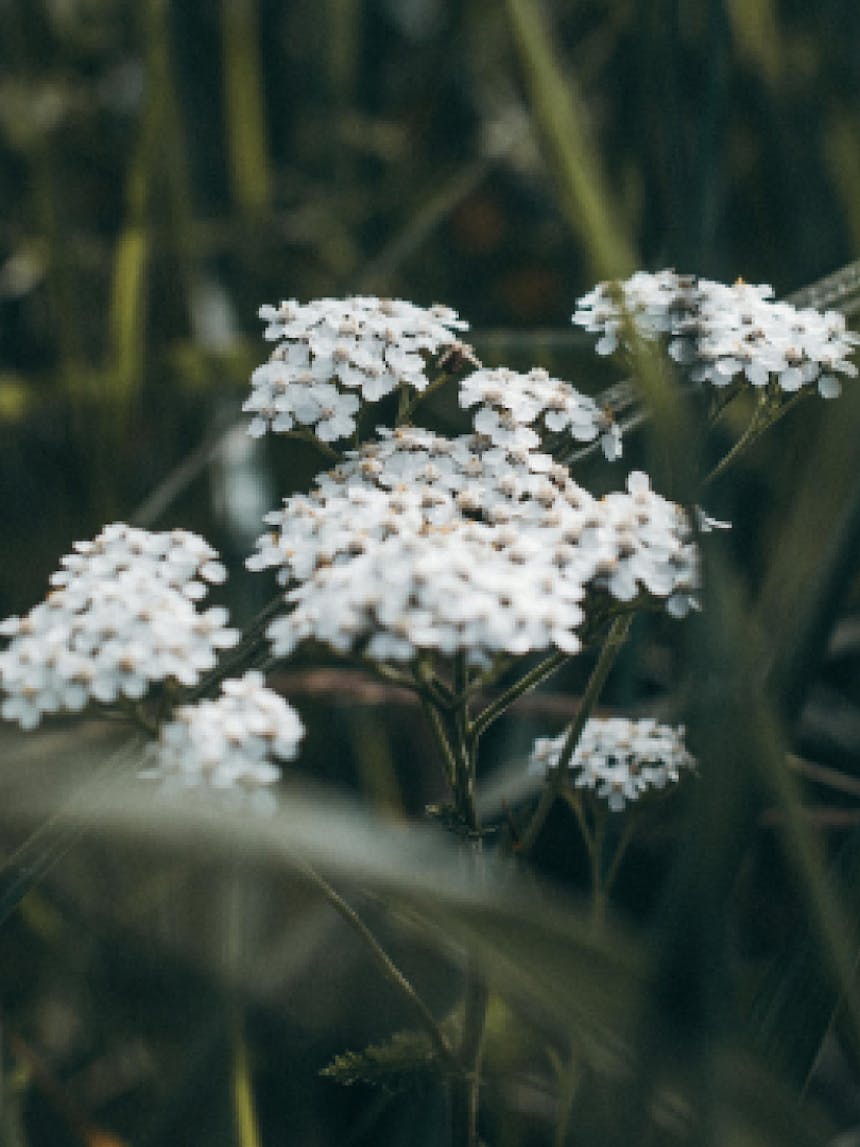

Yarrow’s most proliferative phase is during the month of July, but the flowering plant can be found in many areas from May-September. From shorelines to meadows, it is a plentiful herb that spreads rapidly. Medicinal yarrow has small white flowers which can also have a pinkish hue. Yellow and red yarrow is used horticulturally for decorative purposes.
NOTICE OF RISK
Always practice caution when foraging wildflowers.
Make sure to clearly identify the plant to avoid coming into contact with potentially poisonous and harmful species of wildflower.
Yarrow can often be confused with similar plants. Poison Hemlock being one of the most common. An easy way to distinguish between these plants is to take a look at the leaves and stems.
Yarrow leaves appear more feather like and frilly. Its stems are smooth.
Hemlock leaves have a more serrated look and can sometimes contain purple spots of pigment. Which can be used to indicate that it is toxic.
When in doubt, do your research. Observe the plant and do not physically touch the plant.
For more information on gathering and using yarrow:
-Herbs: a complete guide to herbs and herbal healing by Jennie Harding
-Pacific Northwest Medicinal Plants by Scott Kloos
-Medicinal Herbs by Rosemary Gladstar

Bug repellent
recipe and directions
YARROW IS MOST FREQUENTLY USED AS BUG REPELLENT IN TINCTURE FORM. ONCE A SOURCE FOR FRESH YARROW IS DETERMINED, MAKING A TINCTURE IS FAST AND EASY.
1. Harvest enough flowering yarrow tops to fill a glass jar of your choosing
2. Chop enough flowers and upper leaves to fill roughly three quarters of the jar

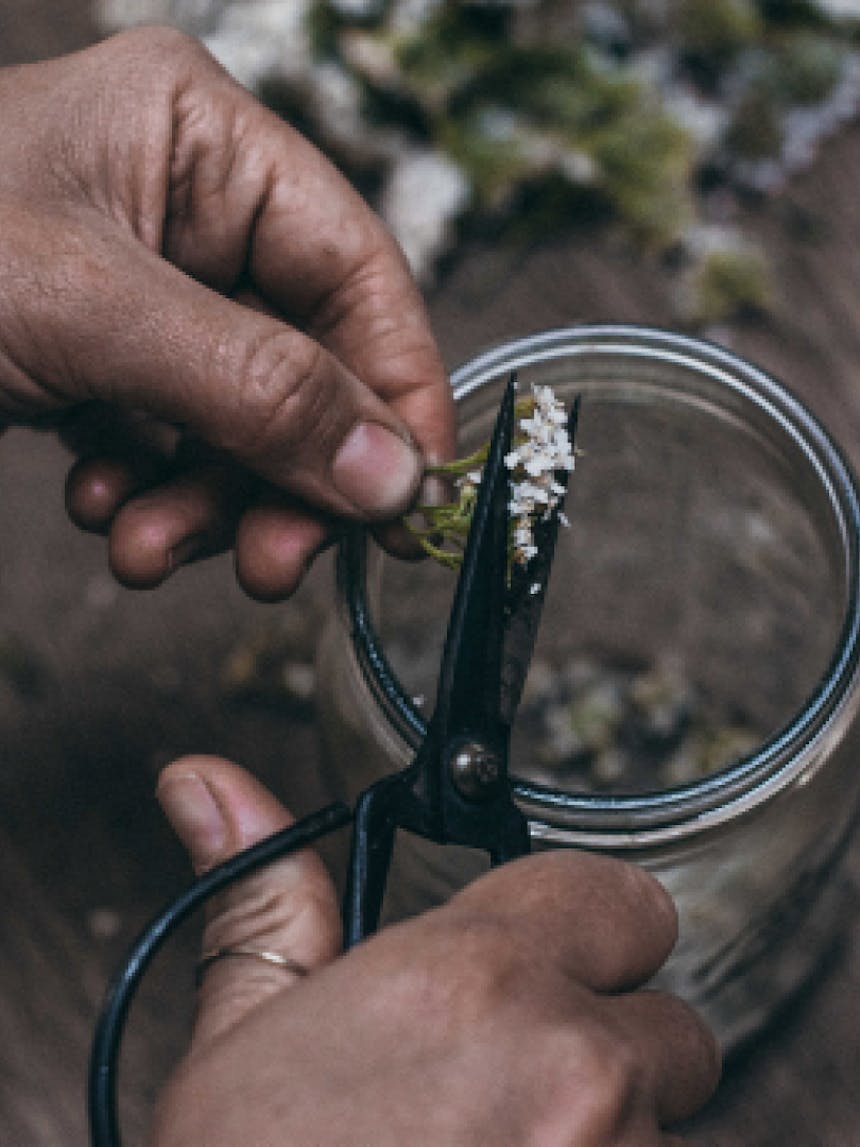
3. Cover with 100 proof vodka (the plant matter may absorb some vodka and need to be topped off the following day)
4. Let steep for 6+ weeks
5. Strain and dispose of plant matter
6. Transfer to glass spray bottle and use when mosquitos are present
7. Re-apply every 2-3 hours/ when needed
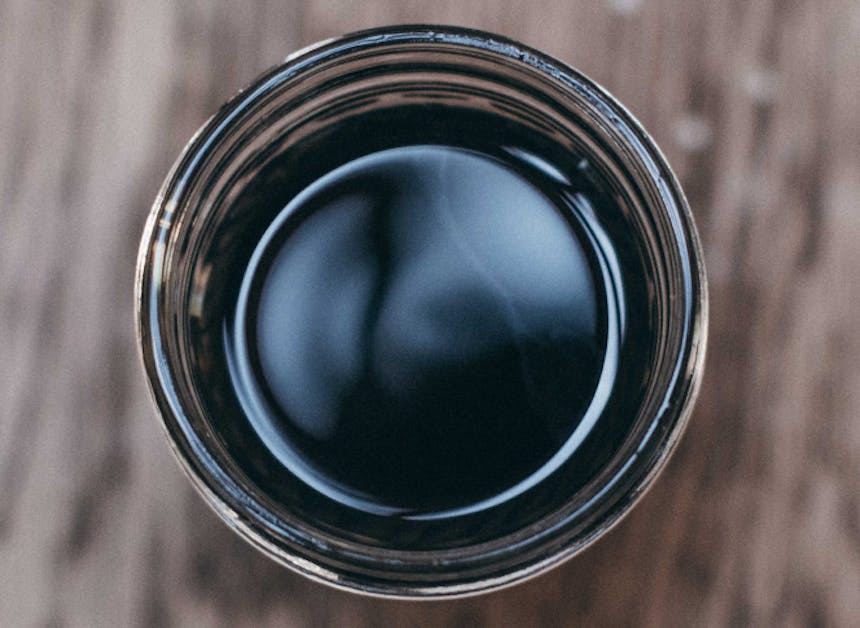
Wound powder
bonus recipe and directions
NOT ONLY CAN YARROW SLOW BLEEDING, IT ALSO HELPS PREVENT INFECTION AND PROMOTE HEALING. A MIX OF THE DRIED LEAVES AND FLOWERS IS COMMONLY USED FOR WOUND CARE.
1. Harvest yarrow – both flowering tops and leafy stalks
2. Hang to dry – the amount of time for the plant to dry varies depending on the humidity in the environment, 1-2 weeks is typical
3. When the leaves and flowers can be easily crumbled, remove from the plant’s stalk
4. Use either a coffee grinder (designated for plants) or a mortar and pestle to grind the plant matter into a fine powder
5. Store powder in glass jar, use when needed

